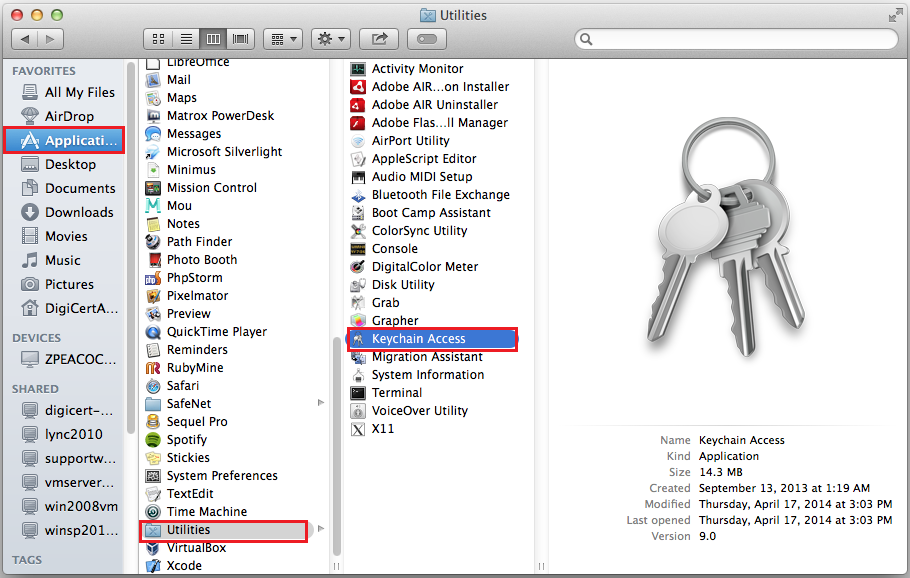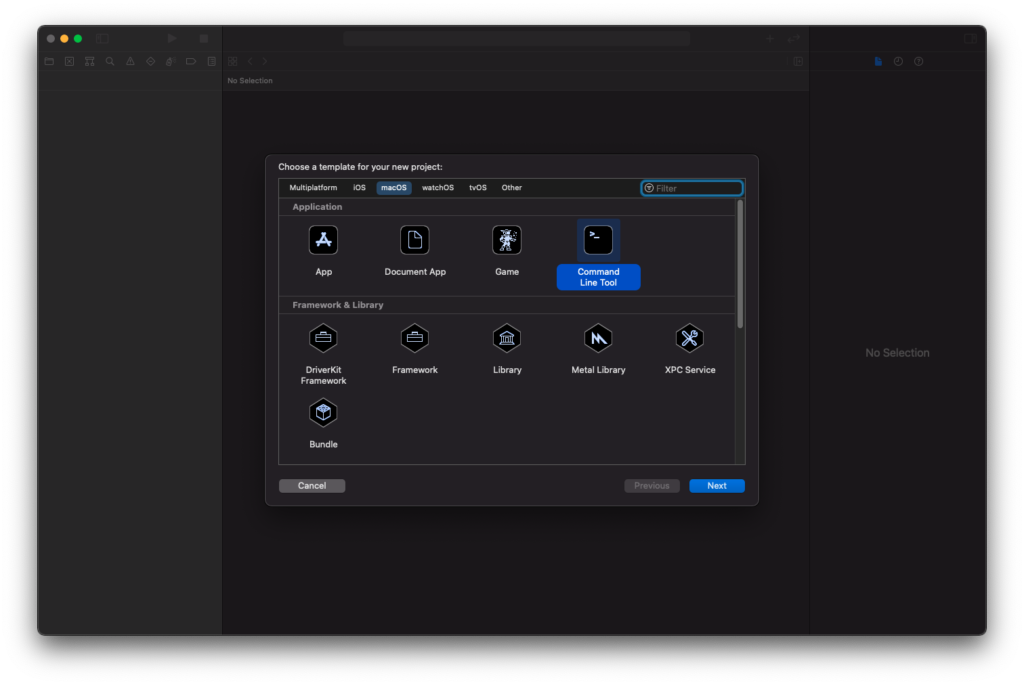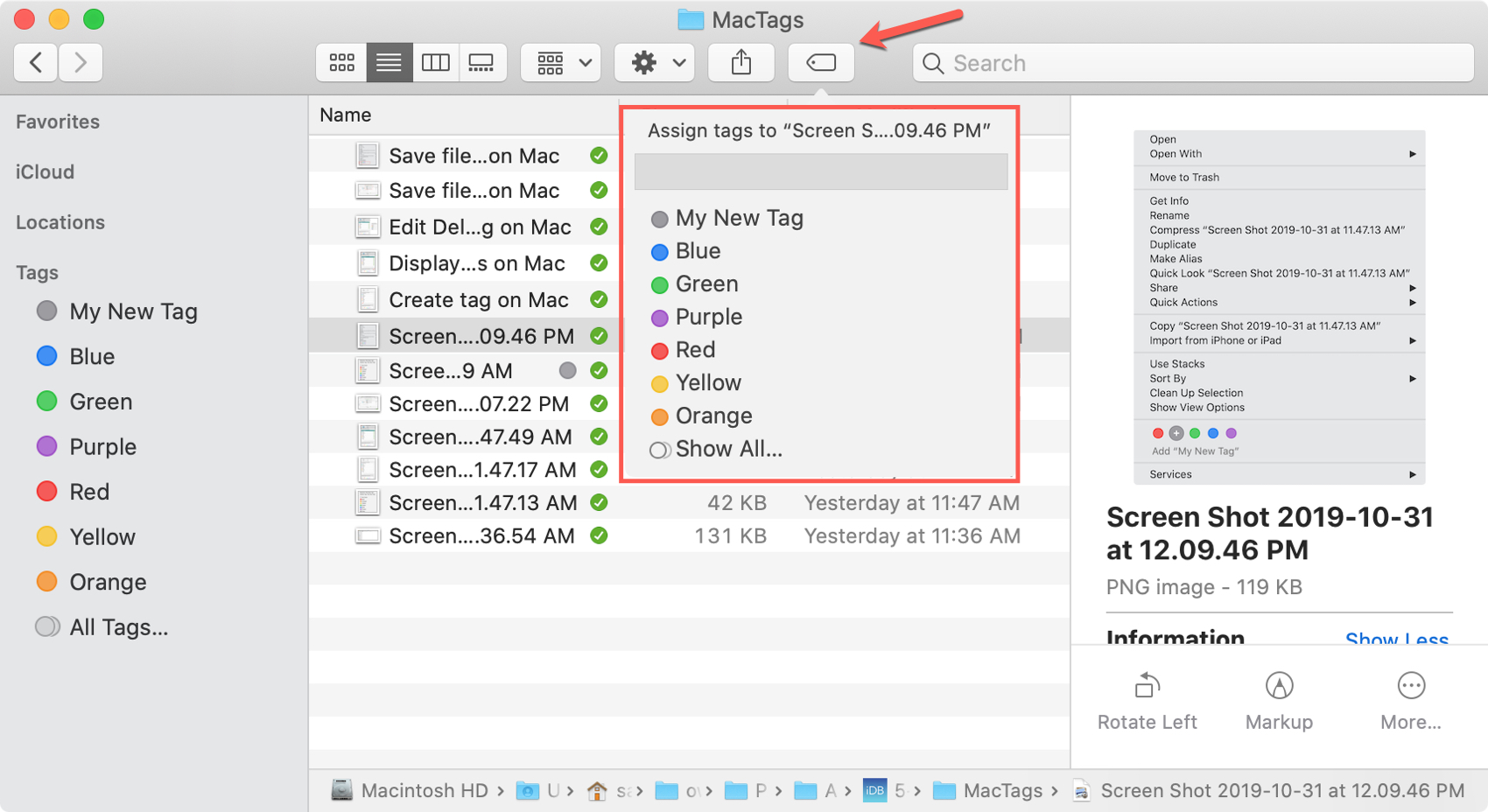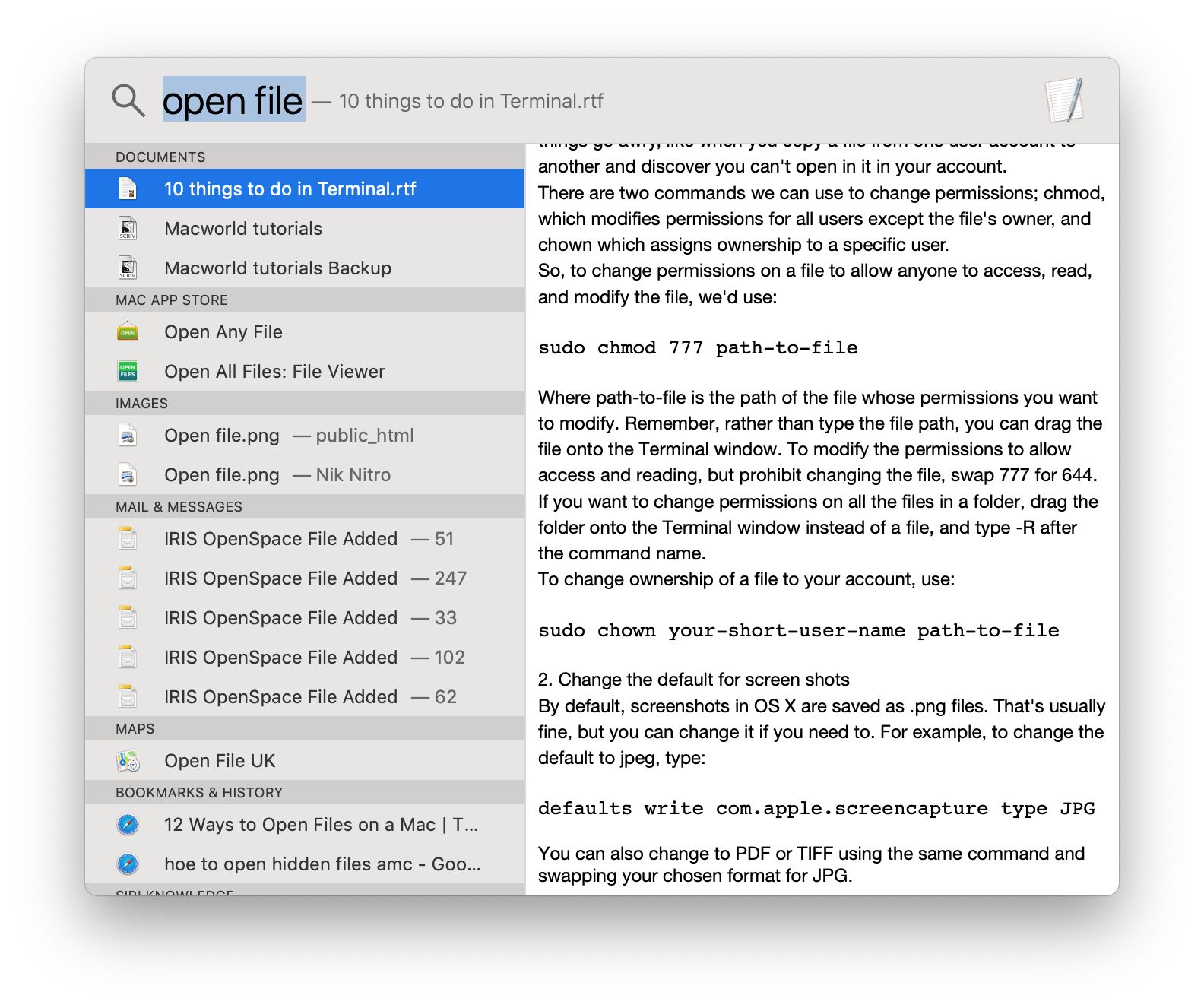

Replace the text string in the text box with the label expression or field value from the topmost selected feature layer. Keyboard shortcuts for the geometry properties table Create annotation If at the end of a row, go to the first cell in the next row.Īpply the current edit and go to next row in the same column.Īpply the edit and go to the previous row.Īpply the current edit and go to the previous row in the same column. Rows are deselected if you switch arrow keys while pressing Shift.ĭeselect the current selection and select all unselected rows.Īpply the current edit and go to the next column. Rows are deselected if you switch arrow keys while pressing Shift.Īdd the previous vertex to the selection and flash it on the map. Select all rows between the first and last row you click.Īdd the next vertex to the selection and flash it on the map.

Return to the previous vertex and flash it on the map. Keyboard shortcuts for the Edit Vertices tool Geometry properties tableĪdvance to the next vertex and flash it on the map. Move the pointer z-value to the elevation of the selected vertex. This is available only when stereoscopic mode is enabled.

Move the z-value for the selected vertex to the elevation of the pointer. Hover over a control handle until the pointer becomes a vertex and drag the handle. Move a Bézier control handle that can't otherwise be selected when it is coincident with another vertex. Hover over a curve until the pointer becomes a segment, and drag the curve. Move a Bézier curve and preserve its shape.

Hover over a control handle until the pointer becomes a vertex and drag the vertex. Move a z-enabled vertex vertically and preserve its x,y coordinates. Show vertices within the snapping tolerance.įlash a square at vertices that are within theĬurrent snapping tolerance of the pointer.ĭrag multiple segments in unison between the selected vertices.Ĭreate a vertex where you click a segment. The following keyboard shortcuts are available in the Data Engineering view. Open the table of the layer or table selected in the Contents pane.įor more information about the Contents pane, see Contents pane. When a layout is the active view, lock or unlock all items at that hierarchical level in the Contents pane.ĭelete the item selected in the Contents pane. When a layout is the active view, lock or unlock the item selected in the Contents pane. Select multiple layers in the Contents pane. Open the Properties dialog box for a selected item.Ĭtrl+click Shift+click Ctrl+Up arrow or Ctrl+Down arrow Shift+Up arrow or Ctrl+Down arrow. Turn off all layers except the one whose check box you clicked. Turn on or off all layers at all hierarchical levels. Turn on or off all layers at that hierarchical level. If multiple layers are selected, Ctrl+Spacebar works the same as Spacebar and turns only the selected layers on or off. If the selected layer is part of a group layer or a composite layer, all the members of that layer will be turned on or off. Turn on or off all layers when a single layer is selected in the Contents pane. Return keyboard focus to the map from the Contents pane.Ĭtrl+click an expansion control Ctrl+Plus sign (+) or Minus sign (-) or Ctrl+Left arrow or Right arrow keyĮxpand or contract all items at that hierarchical level.Ĭtrl+Shift+click an expansion control Ctrl+Shift+Plus sign (+) or Ctrl+Shift+Minus sign (-) or Ctrl+Shift+Left arrow or Ctrl+Shift+Right arrow keyĮxpand or contract all items at all hierarchical levels.


 0 kommentar(er)
0 kommentar(er)
